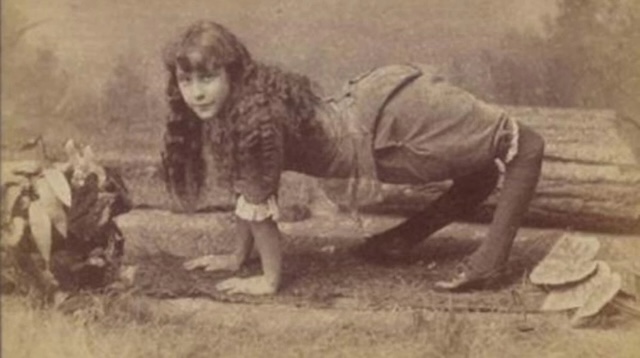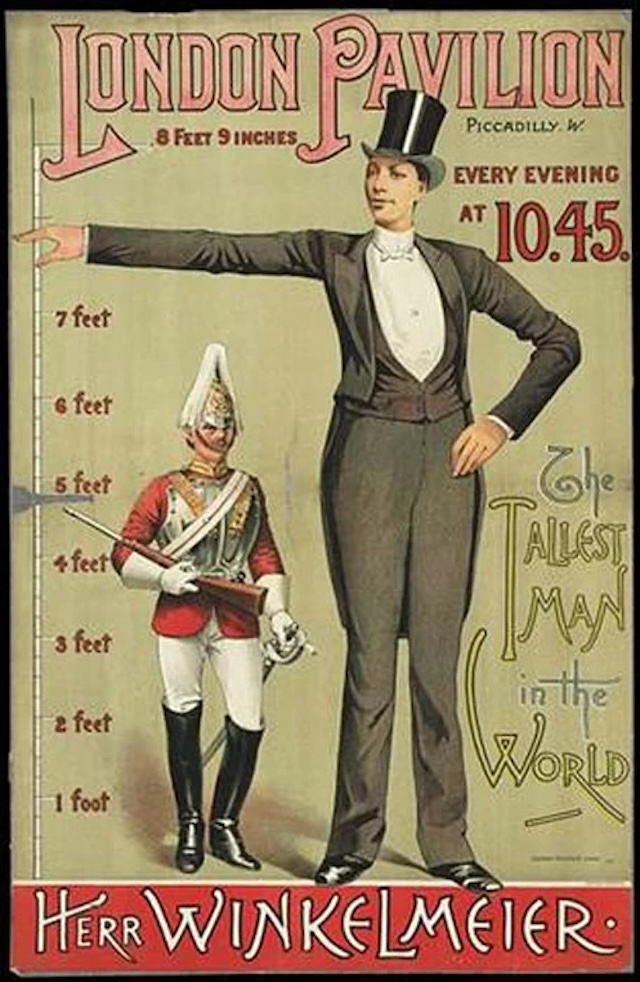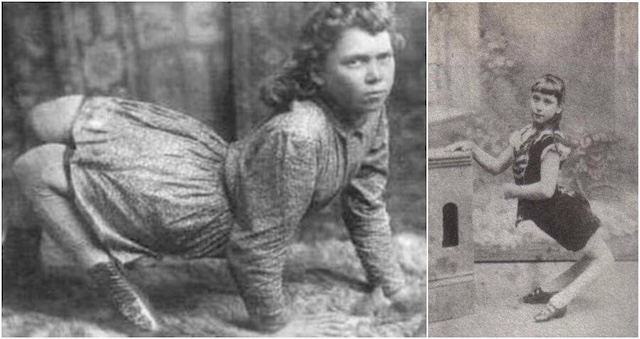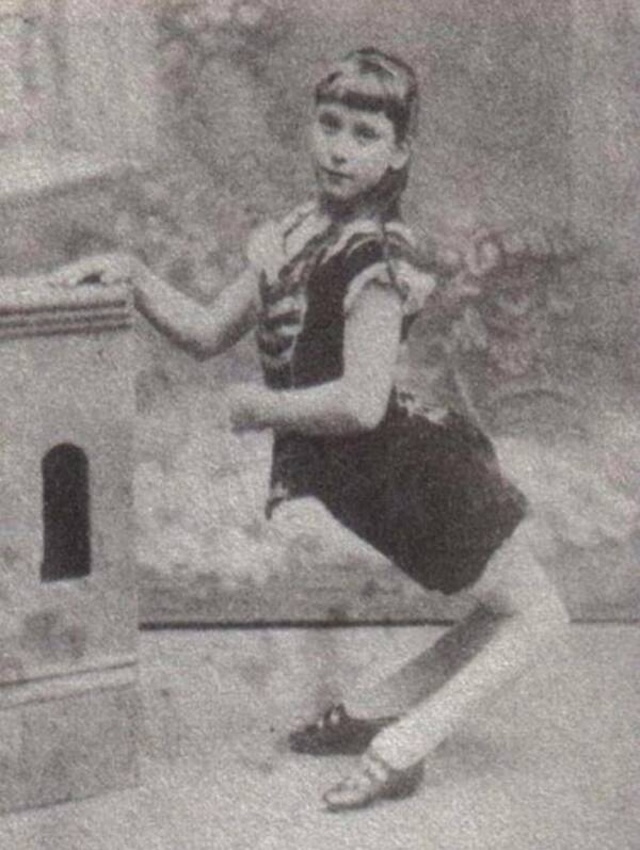Ella Harper , known as the “Camel Girl,” was a unique figure in the late 19th century who captivated audiences with her rare orthopedic condition. This article delves into her early life, rise to fame, her decision to leave the circus, and her lasting legacy. Join us as we explore the remarkable story of a woman who turned her challenges into strength and pursued a life of self-improvement and education.
Early life and health
Ella Harper was born on January 5, 1870, in Hendersonville, Tennessee. She was diagnosed with congenital genu recurvatum, a condition that caused her knees to bend backward, leaving her to walk on all fours. Despite her physical challenges, Ella’s parents supported her and encouraged her to live as normal a life as possible.

Her condition, while rare and visually striking, did not hinder her overall health. However, it did pose significant challenges in a society ill-equipped to accommodate physical differences. Ella’s unique appearance eventually caught the attention of performers, leading to her entry into the entertainment world.
Rise to fame in the circus
At the age of 12, Ella Harper began her career in the circus. She was nicknamed “Camel Girl” because of her unusual gait and ability to walk on all fours. Ella joined WH Harris’s Nickel Plate Circus, where she quickly became a star attraction. Audiences were both fascinated and intrigued by her condition, and she was widely promoted as a wonder of nature.
Ella’s performances attracted large audiences and she was paid handsomely for her appearances. In today’s money, her income would have been around $5,000 a week, a huge sum at the time. Her fame and financial success afforded her opportunities that would otherwise have been unavailable to someone with her condition.

Decided to leave the circus
Despite her success in the circus, Ella Harper decided to leave the public eye in 1886, at the age of 16. She expressed her desire to pursue an education and live a more private life, away from the limelight. This decision marked a major turning point in her life, as she transitioned from a public figure to a private individual.
Ella’s departure from the circus was a bold move, especially given the financial security and fame she had achieved. However, it reflected her determination to redefine her identity beyond her physical condition and seek self-fulfillment through education and privacy.

Pursuing Education and Private Life
After leaving the circus, Ella Harper focused on her education and personal development. She attended school and tried to build a life that was not defined by her appearance. Little is known about her life after leaving the public eye, as she chose to live a reclusive life and avoid media attention.
Ella’s decision to prioritize her education and personal health is a testament to her resilience and strength of character. She proves that individuals with physical differences can pursue their own paths and achieve personal fulfillment in their own way.

Ella Harper: Legacy and Cultural Impact
Ella Harper’s story continues to resonate as a powerful example of resilience and self-determination. Her ability to turn her unique condition into a source of strength and success in the circus, followed by her decision to step away from the spotlight and pursue an education, highlights the complexity and depth of her character.
Ella’s legacy extends far beyond her time in the circus. She has become a symbol of empowerment for individuals with physical differences, reminding us of the importance of acceptance and the potential for greatness in every human being. Her story challenges society’s perception of normalcy and celebrates the diversity of the human experience.

Ella Harper , “The Camel Girl,” led a remarkable life, defying societal expectations and demonstrating the power of the human spirit. Her journey from circus fame to a private life of education and self-improvement is a testament to her resilience and determination. Ella’s legacy continues to inspire and remind us of the importance of embracing our unique qualities and following our own path to happiness and success.


